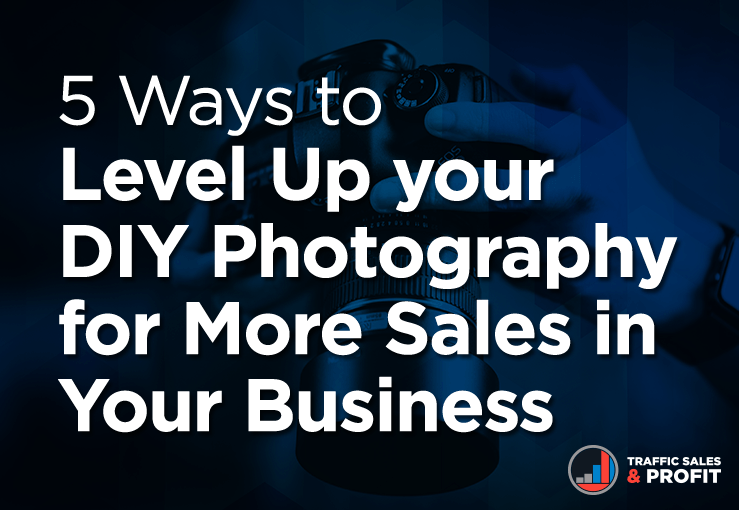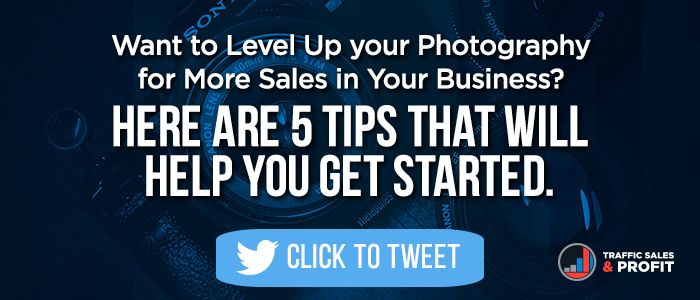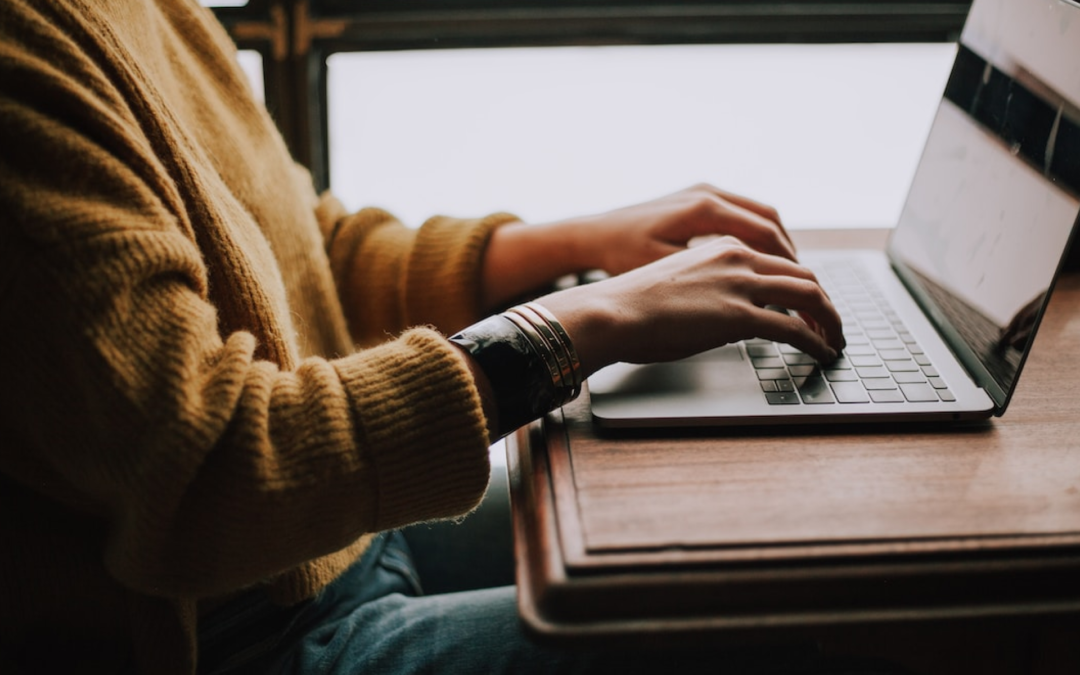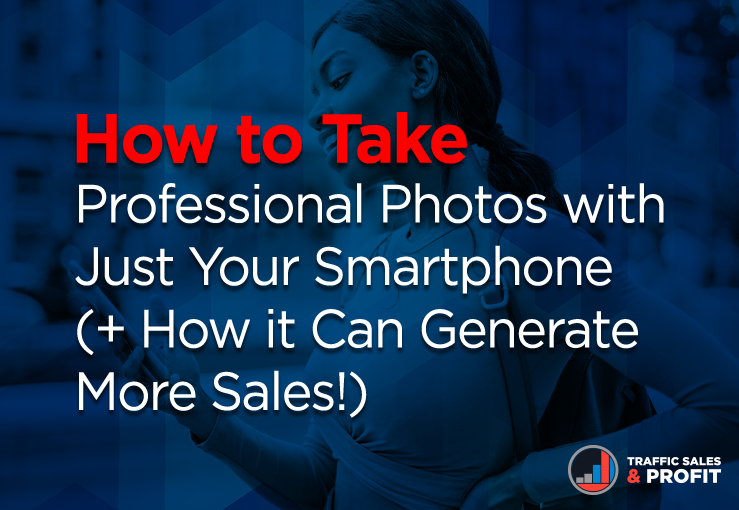We are living in the digital era of social media where images are really important especially in business. Photography has come a long way in a very short period of time. The technological advances within the last few years have made it easy for anyone to become a photographer. Everyone has the capability of creating high-quality images with their cell phone or an inexpensive camera. Today we’re giving you 5 Ways to Level Up your DIY Photography for More Sales in Your Business.
We recently interviewed Marcell L. Pickens, Jr., an international love style photographer, and cinematographer with Evvett Marcell Photography based in Piscataway, New Jersey. He founded the company eleven years ago; along with his wife and business partner Evvett Pickens.
With backgrounds in both Mechanical and Power Engineering and Finance, Marcell has turned his passion for photography and film towards helping businesses of all sizes market their brands with high-quality images and video.
TSP family, you’re in luck because today Marcell is giving you an exclusive look into the world of photography and how to use it to increase sales in your business.
Let’s get right into this.
1. Choose the right camera
The first way to level up your photography is by choosing the right camera. A high-quality camera isn’t necessary. Cell phone cameras actually take very high-quality photos, but the key is understanding how to use it to maximize the look of your images. The difference between a cell phone camera and a DSLR (Digital Single Lens Reflex) is the ability to adjust features manually. If you want to purchase DSLR camera either go with Nikon or Canon. Nikon has some really good low-end options and you can get very good quality pictures.
You also need to pick up a lens. Purchase a 15-millimeter lens along with a camera of your choice.
2. Choose the best background
Backgrounds are inexpensive. You can simply buy a paper background on Amazon. Position your background near a window or a sliding glass door to get some ambient light; Use a reflector to boost lighting. All of these items should cost around thirty dollars at the most.
A vital piece for product photography is using a white background. In addition to the white background, you can also buy a foam board from Hobby Lobby or Lowes and create your own DIY lightbox. We’ll talk more about the lightbox later, but foam board pieced together with some lighting gives you the nice balance that’s necessary to capture a well-rounded image for product photography.
3. Lighting
The first thing you need to know about lighting is, the color of lighting has a temperature called Kelvin temperature. When shooting, photographers typically say, “Oh, I need to check my white balance.” Or “I need to look at my white balance.” This is the heat of the actual light source.
For instance, if you see an orange or yellowish color in your pictures, the temperature of the light is very warm. There’s a button on a DSLR camera called a WB button. WB stands for white balance. With this button, you can manually change the temperature and balance of the lighting. This option isn’t available with a camera phone.
If you’re taking pictures with your phone, you want to look for light bulbs that are around 5000 Kelvin. That’s the temperature that you’ll see on the actual packaging. When you shoot product photography look for LED lights that are 5000 or greater. This will give you a cool temperature and create perfect images with your phone.
4. Photo Studio Boxes
Photo studio boxes are perfect for product photography. You may have an issue with larger items fitting inside the box but it is perfect for smaller products. Having a tripod is important when you’re using a photo box because it creates consistency in height and spacing. Standard photo studio boxes have lighting at the top and reflectors inside to help balance and evenly distribute lighting throughout your product.
5. Post Production
A lot of people ignore this final way to get high-quality images. Most think having a high-quality camera phone, high-quality camera, high-quality lens, nice background, and photo boxes will complete the job. This isn’t true.
You will need to spend time editing and polishing up your images. Any images that you see out there nowadays has gone through a post-production process that consists of removing spots or completely extracting the image from the original background.
A free source for post-production is Pixlr. This platform is very similar to Photoshop. You can edit your photos, extract the background, and polish it up. A second source would be Canva. Many of you are probably already using Canva. Canva is a great resource for high-quality editing.
Two more paid options are for Lightroom and Photoshop. Lightroom and Photoshop are probably two of the most industry-wide used post-production tools.
I hope these tips are helpful to you. Let us know what DIY photography tools you use below in the comments.
Wait!! We have a special offer! For the month of September (2018) If you have a business that requires product photograph. Evvett Marcell Photography is offering a $99 special which includes them editing 10 to 12 images of your products. Click Here for more information.
To connect with Marcell and to learn more about Evvett Marcell Photography visit: https://www.evvettmarcell.com/

For daily tips and support in entrepreneurship, join our FREE Facebook group called Traffic, Sales & Profit with Lamar Tyler.

















0 Comments